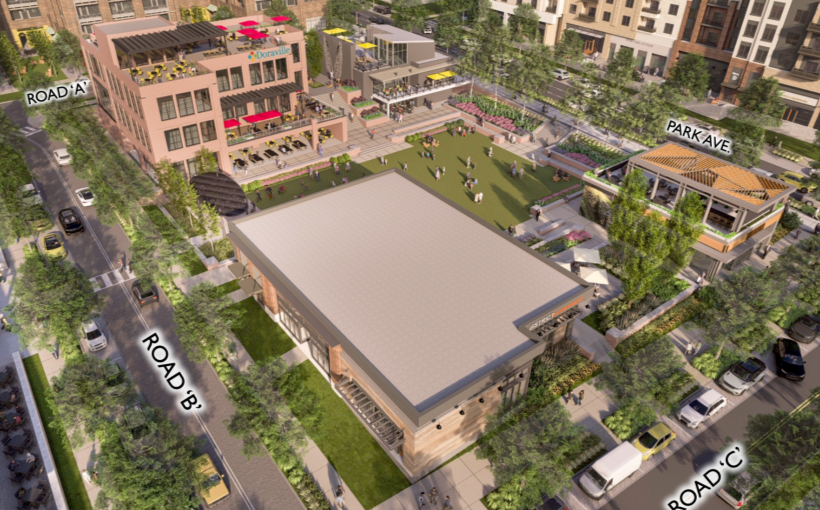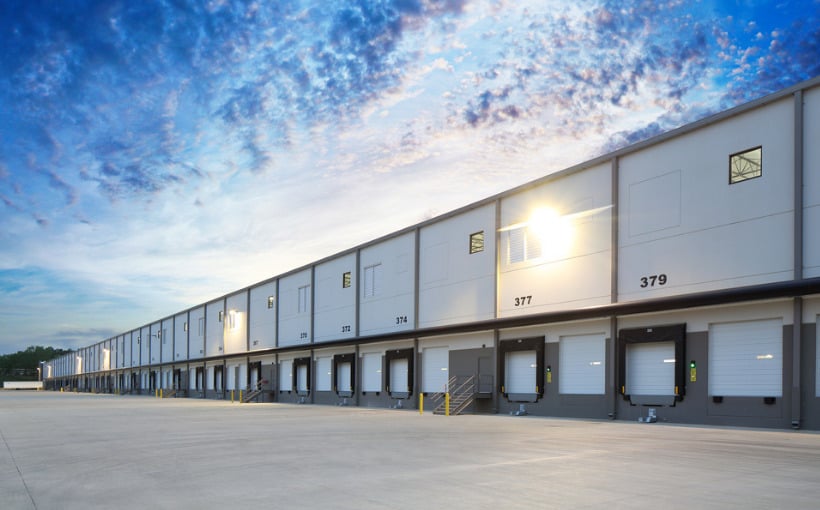In a recent article, JLL’s Guy Grainger and Paulina Torres highlighted the increasing demand for high-quality, low-carbon workspace among corporate occupiers. However, this demand is expected to exceed supply by 75% in major U.S. markets by 2030. According to the experts, this translates to a projected shortage of 57 million square feet of low carbon office space in the coming years.
Grainger and Torres emphasized that there is a growing preference for energy-efficient, electrified and clean energy-powered spaces due to their resilience against changing regulations, ability to meet short-term sustainability targets and appeal towards employees. However,the availability of such spaces varies from city-to-city based on industry needs,corporate requirements,and existing stock.”For instance,” they explained,”Washington D.C.has a higher imbalance comparedto other cities due its large numberof government agencies with strict sustainability goals.Chicago also faces supply constraintsdue tona limited development pipelineand lackof available cleanenergy.New York,ontheother hand,is dominatedby financeand professional services firmswith ambitious sustainability targets.Despitea forecasted futuredemandfor23.3million squarefeet,the currentpipelineis onlyexpectedtodeliver8.lmillion squarefeetofsuitablelow-carbonspaceby2030.”
The authors noted that many corporate occupiers are reevaluating their office footprint as they prioritize sustainability alongside hybrid work arrangements,collaborative spaces,and amenities.Decarbonizing real estate operationsand leasinglow-carbon buildingsare seenas “easier wins”comparedto addressingScope3emissionsin supply chains.JLL estimates that three outof every four new lease requirementsamong top100officeoccupiersin majorU.S.marketswill requirea commitmentto reducingcarbon emissionsbetween2023-2030.Additionally.low-carbon buildings tendtobe moreefficient intermsofoperations.
To bridge the gap between supply and demand,GraingerandTorres suggestthat building owners should focus on making their properties more sustainable. On one hand,retrofittingor developing buildingswith low-carbon featurescan bring financial benefits such as higher rents,lower debt costs,and the ability to attract or retain high-quality tenants.On the other hand,the increasing cost of regulationscombined with tenant migrationcould impact net operating income.
The authors also propose that the supply-demand imbalance could lead to collaborations between owners and tenants in reducing building emissions.This would allow for a shared responsibility and potential benefits for both parties.



